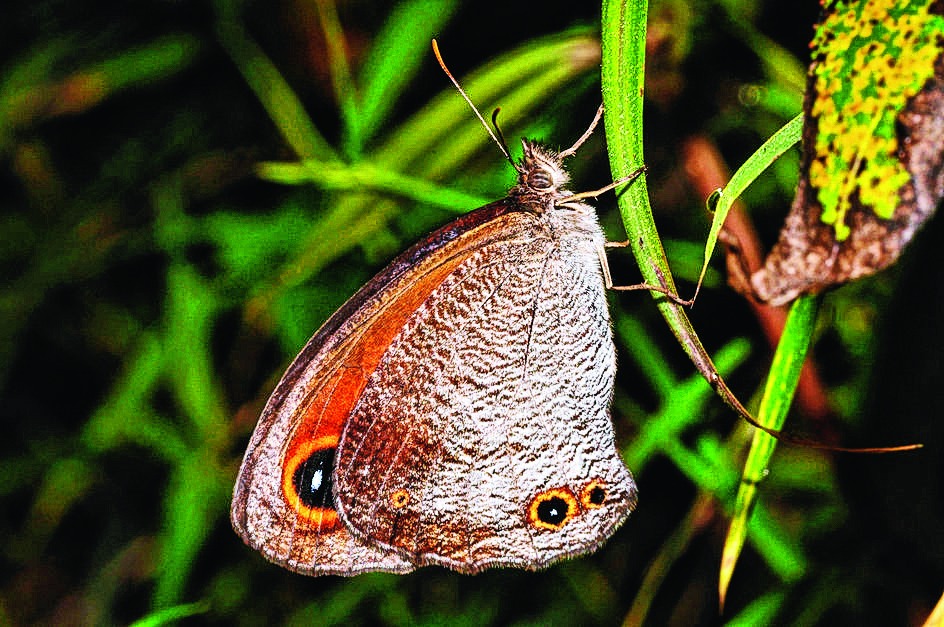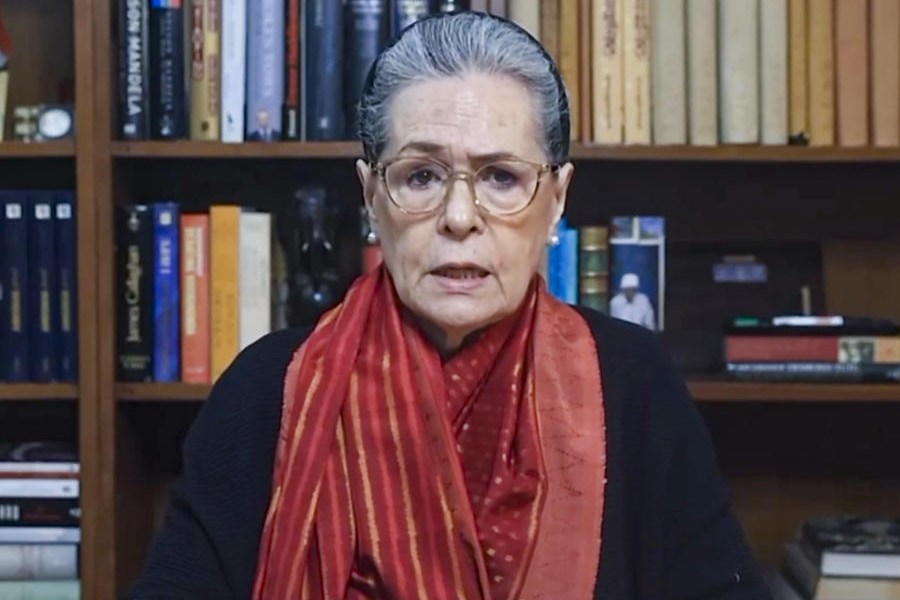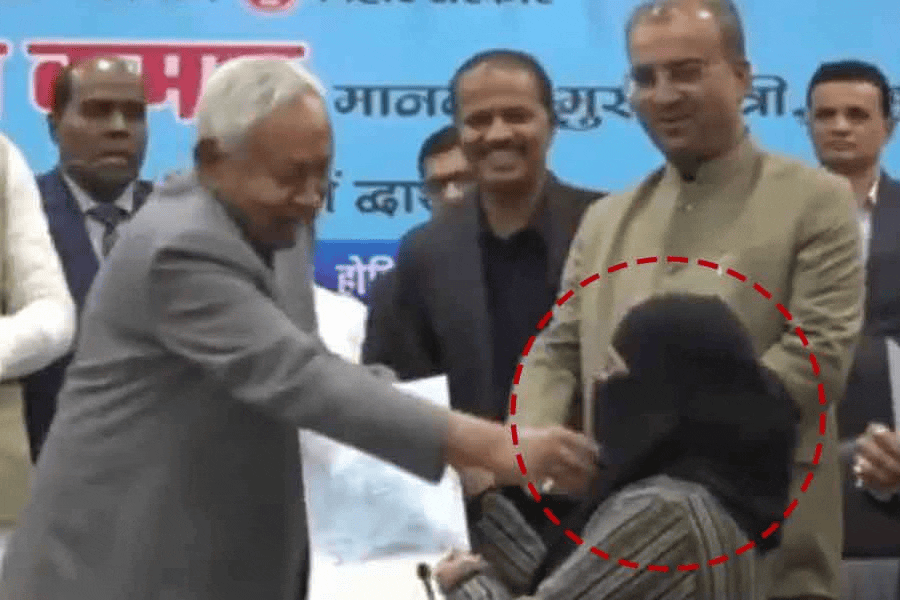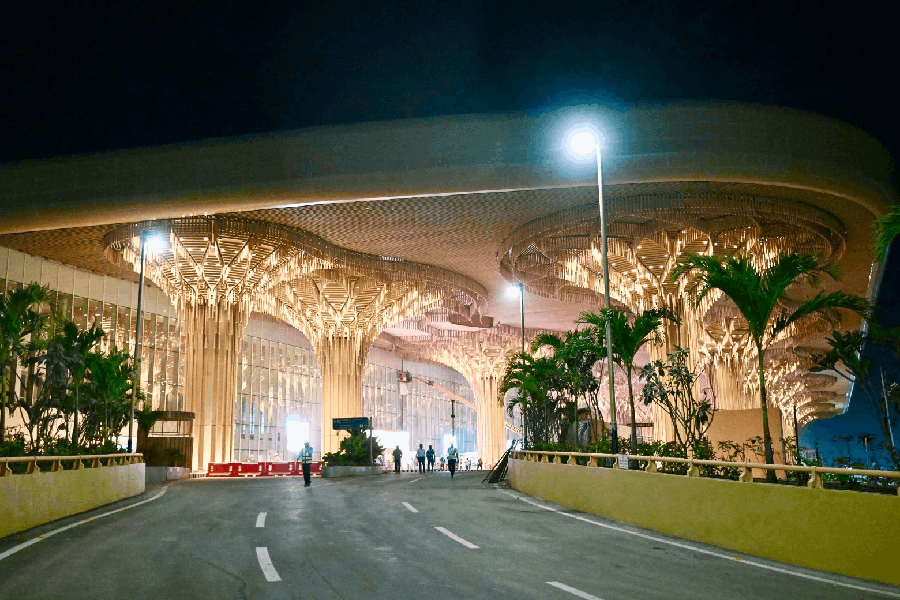
Guwahati, Aug. 19: Nearly one-third of butterflies in the country are found in the Kameng Protected Area Complex in Arunachal Pradesh, a five-year extensive study has found.
A butterfly survey (2009-14) carried out by Dehradun-based naturalist Sanjay Sondhi in the Kameng complex in western Arunachal Pradesh has found 421 species, which has now been reported in The Journal of Threatened Taxa.
"Nearly one-third of the country's butterflies are found here and there have been hardly any study from one place in the recent times from where so many butterflies have been found," Sondhi told The Telegraph.
He said what makes the area special is the vast altitudinal range (100-3,500m) of 3,500 square km of mostly contiguous forest with terrific floral diversity. "It is a butterfly biodiversity hotspot and needs to be conserved," he added.
An additional 42 species recorded in older literature or by other authors in recent times have also been listed, taking the total number of species recorded in the landscape to 463. Sondhi counted 8,476 individuals belonging to 421 butterfly species in 103 days of field work.
Kameng Protected Area Complex comprises the protected areas of Eaglenest wildlife sanctuary, Pakke tiger reserve and Sessa orchid wildlife sanctuary.
The survey resulted in recording of two species new to India ( Gonepteryx amintha thibetana and Bhutanitis ludlowi) and several rediscoveries and range extensions in the eastern Himalaya, most notably Arhopala belphoebe, Sovia separata magna, Aulocera saraswati vishnu, Calinaga aborica, Callerebia annada annada and Callerebria scanda opima. Population estimates of each butterfly species have been given.
Of the 421 species recorded during the survey, 95 species (about 21 per cent ) are protected under various schedules of Wildlife (Protection) Act, 1972.
He said the best way for conservation is to promote community-owned and managed ecotourism, with the local community being incentivised to protect their own forests as is being done by the Nyishis at Pakke and the Buguns and Sherdukpens at Eaglenest.
"We hope that the results from this study will also promote butterfly tourism in the landscape, providing an additional financial incentive to the local communities to conserve their forests," the study pointed out.
The study stated that despite the wealth of information generated about the butterfly species in this poorly studied area, the species accumulation curve, as well as the numerous species recorded in the past in this landscape, mean that surveys need to continue.
"The population data accumulated will provide a baseline for future studies and impacts of habitat destruction and climate change, which are ever-present threats in this landscape," said the study, which was co-authored by Krushnamegh Kunte of the National Centre for Biological Sciences.
Sondhi said the biggest risks today for the butterflies are cutting of forests for roads and proposed hydroelectric projects in Arunachal Pradesh.











